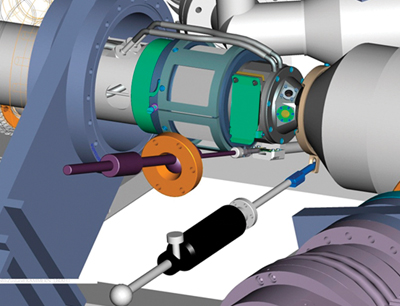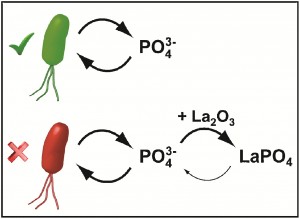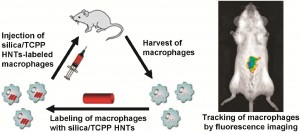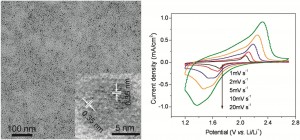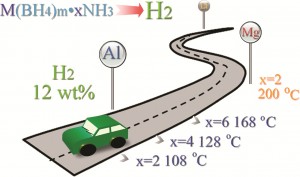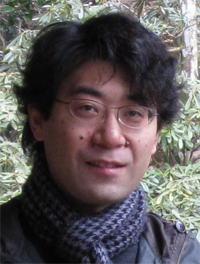ChemComm is delighted to be sponsoring the forthcoming Symposium on Sustainable Inorganic Chemistry along with the ACS Division of Inorganic Chemistry. The symposium will take place at the ACS Spring 2012 National Meeting & Exposition in San Diego starting on 25th March.
To celebrate we’ve made some articles published by the symposium speakers free to access for a limited period.
We hope you enjoy these articles – but don’t delay! Free access only runs until 1st April.
Selective liquid phase oxidation with supported metal nanoparticles
Nikolaos Dimitratos, Jose A. Lopez-Sanchez and Graham J. Hutchings
Chem. Sci., 2012, 3, 20-44
Mesoscopic organic nanosheets peeled from stacked 2D covalent frameworks
Yugen Zhang, Meixuan Tan, Hai Li, Yuangang Zheng, Shujun Gao, Hua Zhang and Jackie Y. Ying
Chem. Commun., 2011, 47, 7365-7367
Self-assembly in the electrical double layer of ionic liquids
Susan Perkin, Lorna Crowhurst, Heiko Niedermeyer, Tom Welton, Alexander M. Smith and Nitya Nand Gosvami
Chem. Commun., 2011, 47, 6572-6574
Continuous flow organometallic catalysis: new wind in old sails
Ulrich Hintermair, Giancarlo Franciò and Walter Leitner
Chem. Commun., 2011, 47, 3691-3701
CO2 selectivity of a 1D microporous adenine-based metal–organic framework synthesised in water
Kyriakos C. Stylianou, John E. Warren, Samantha Y. Chong, Jeremy Rabone, John Bacsa, Darren Bradshaw and Matthew J. Rosseinsky
Chem. Commun., 2011, 47, 3389-3391
Room temperature oxidation of methyl orange and methanol over Pt–HCa2Nb3O10 and Pt–WO3 catalysts without light
Emiliana Dvininov, Upendra A. Joshi, James R. Darwent, John B. Claridge, Zhongling Xu and Matthew J. Rosseinsky
Chem. Commun., 2011, 47, 881-883
Tunable, light-assisted co-generation of CO and H2 from CO2 and H2O by Re(bipy-tbu)(CO)3Cl and p-Si in non-aqueous medium
Bhupendra Kumar, Jonathan M. Smieja, Alissa F. Sasayama and Clifford P. Kubiak
Chem. Commun., 2012, 48, 272-274
Photocatalytic H2 evolution from neutral water with a molecular cobalt catalyst on a dye-sensitised TiO2 nanoparticle
Fezile Lakadamyali and Erwin Reisner
Chem. Commun., 2011, 47, 1695-1697
Transition metal catalysed ammonia-borane dehydrogenation in ionic liquids
William R. H. Wright, Emily R. Berkeley, L. R. Alden, R. Tom Baker and Larry G. Sneddon
Chem. Commun., 2011, 47, 3177-3179
Co and Mn polysiloxanes as unique initiator–catalyst-systems for the selective liquid phase oxidation of o-xylene
Tobias Förster, Stephan A. Schunk, Andreas Jentys and Johannes A. Lercher
Chem. Commun., 2011, 47, 3254-3256
![]() @ChemCommun Follow the symposium at #CCsymp
@ChemCommun Follow the symposium at #CCsymp













